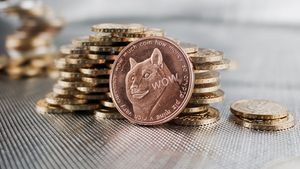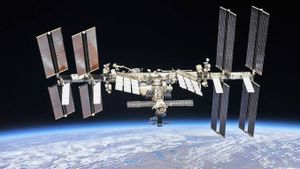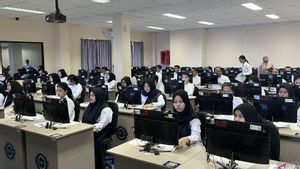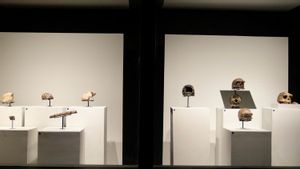JAKARTA - NASA's James Webb Space Telescope, which will launch next month, will not be a replacement for its Hubble telescope, although initially, the two telescopes look similar. Like Earth-based telescopes, space telescopes scan galaxies, picking out clues that might help unlock the secrets of the universe.
However, because such telescopes are not tied to Earth, they can explore, allowing them the freedom to peer into parts of space that may not be visible from Earth.
The concept of a space telescope dates back to the mid-1800s when German astronomers Wilhelm Beer and Johann Heinrich Mädler theorized about the concept of building an observatory on the Moon. More than a century later, US astrophysicist Lyman Spitzer pitched the idea of a large telescope that would not be violated by Earth's atmosphere.
Then, over a four-year period spanning the late 1960s and early 1970s, NASA launched four space telescopes under the Orbiting Astronomical Observatory program. Not to be outdone, the Soviet Union established the Orion 1 observatory above the Salyut 1 orbital station in 1971.
Hubble was launched in 1990, and in the three decades since, Hubble is arguably one of the most famous telescopes ever built. Hubble has identified new moons orbiting Pluto, helped researchers determine the age of the universe to more than 13.4 billion years, and showed markers of how fast it is expanding.
But Hubble continues to struggle to keep up with the demands, and there will surely come a time when it can no longer scan the sky. Of course, NASA has plans and is preparing to launch the James Webb Space Telescope next month. However, like the space agency's position, James Webb is Hubble's successor, not his successor.
NASA said the goal of the James Webb telescope was "motivated by the results from Hubble." The organization noted that Hubble primarily collects visible light, but objects that are farther away, they become more "redshifted"—the light is closer to infrared.
SEE ALSO:
The James Webb telescope will focus on collecting infrared waves, allowing the telescope to pick up more information from distant celestial bodies. James Webb will also feature a main mirror with a diameter of 6.5 meters, which translates to a surface area of about 25 square meters. In comparison, Hubble's main mirror has a diameter of 2.5 meters and a relative light gathering area of only 4.5 meters.
NASA described James Webb as an opportunity to "go beyond" Hubble. While James Webb is designed for the next era of space exploration, it's also clear that the agency isn't quite ready to put Hubble into retirement.
NASA has projected Hubble will be operational until 2030. Based on its latest images, it's reasonable to expect older telescopes to have the capacity to make surprising discoveries for a while.
The English, Chinese, Japanese, Arabic, and French versions are automatically generated by the AI. So there may still be inaccuracies in translating, please always see Indonesian as our main language. (system supported by DigitalSiber.id)


















